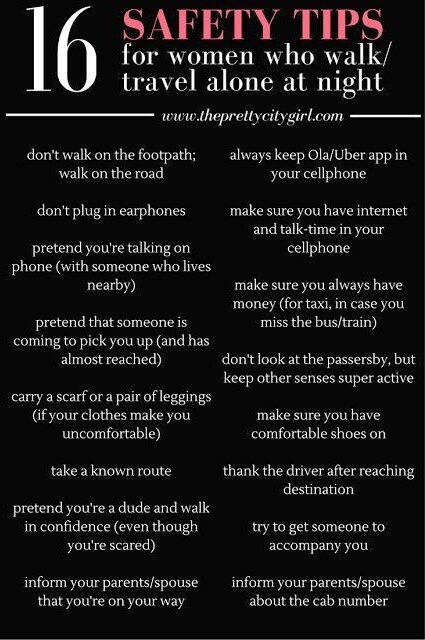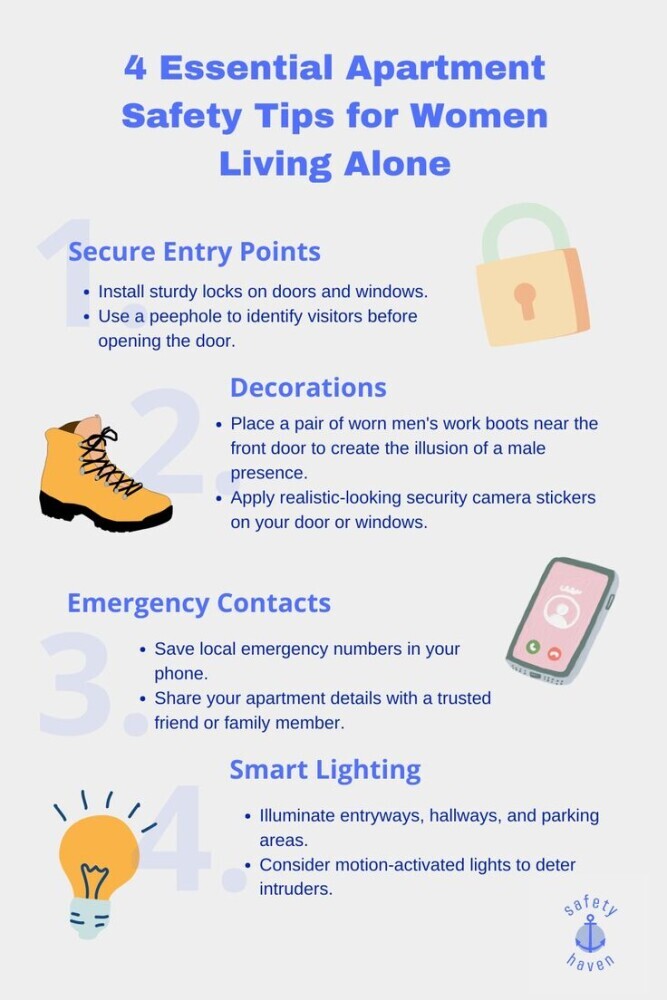As A South Asian Woman , I Want To Feel Safe In Everything I Do

As a South Asian woman, my safety concerns often go beyond just walking home late at night. Cultural and societal norms can amplify the fear and risks I face daily. Street harassment, discrimination, and violence aren’t just statistics; they’re lived experiences that impact my mental and physical well-being.
Growing up, hearing about the experiences of women in my community was both eye-opening and daunting. Stories about street harassment and racial discrimination started shaping my world view early on. The internalized fears can be suffocating and often lead to self-imposed restrictions on freedom. Choosing what to wear, where to go, and how to behave becomes a tiring routine of risk assessment.
It’s important to understand that these threats differ significantly depending on whether I’m in South Asia or part of the diaspora. In some places, societal expectations may impose strict dress codes or curfews, while in others, racial targeting may be more prevalent. This dual layer of concern, both as a woman and as a person of color, complicates the safety landscape for us.
Intersectionality really comes into play here. Being a South Asian woman means navigating the complexities of different backgrounds, religions, and socio-economic statuses. Each adds another layer to the safety challenges we face. For example, the experiences of a Muslim South Asian woman can differ greatly from those of a Hindu or Sikh South Asian woman, especially in regions where religious tensions are high.
The psychological impact of these challenges can’t be overstated. Living in a constant state of alertness affects mental health, leading to stress, anxiety, and even depression. Don’t underestimate the toll this takes on everyday life, from career choices to social interactions. Simply put, the feeling of safety is a fundamental right that many of us are still fighting for.
Finally, sharing these experiences isn’t just about venting — it’s about educating and mobilizing our communities. Awareness is the first step towards change. The more we talk about it, the more we can find allies and develop strategies to deal with these issues. Empowerment starts with understanding the complexities we face, and that includes acknowledging the dark parts of our reality.
Proactive Measures and Community Initiatives for Empowerment and Safety

One of the best ways to counter the unique safety challenges we face as South Asian women is through empowerment and education. Self-defense and safety training programs tailored for women can be real game-changers. These programs not only teach physical defense but also build confidence, helping us feel more in control in potentially unsafe situations.
Community networks and support groups are invaluable. Connecting with others who share similar experiences creates a strong support system. These networks can provide emotional backing and practical advice. Knowing there’s a community that has your back can be incredibly comforting.
Technology has become a powerful tool for personal safety. Apps that share your location with trusted contacts, emergency alert systems, or even community-driven platforms where women can report and rate safe spaces can provide an extra layer of security. Investing some time in understanding and using these tools effectively can make a significant difference.
Advocacy and policy changes are pivotal for systemic improvement. Supporting organizations that work on legislative changes to protect women, attending local council meetings, or participating in relevant campaigns can amplify our voices. Policy modifications take time, but they’re essential for creating a safer environment for future generations.
Success stories and testimonials from other women who have taken control of their safety offer hope and inspiration. These stories remind us that change is possible and that even small steps can lead to significant improvements. Sharing our own successes, no matter how minor they may seem, contributes to a collective sense of empowerment.
Incorporating these proactive measures isn’t just about immediate safety; it’s about building a culture where every South Asian woman feels confident and protected in everything she does.
